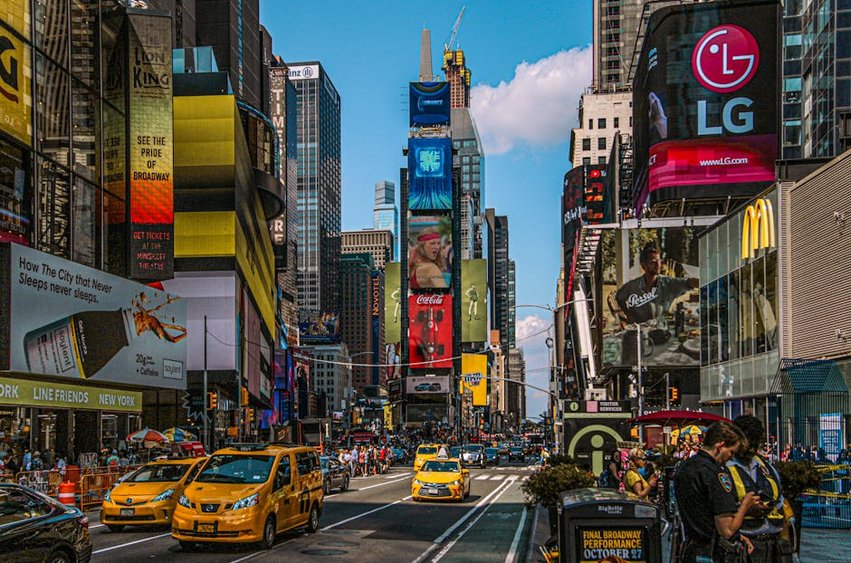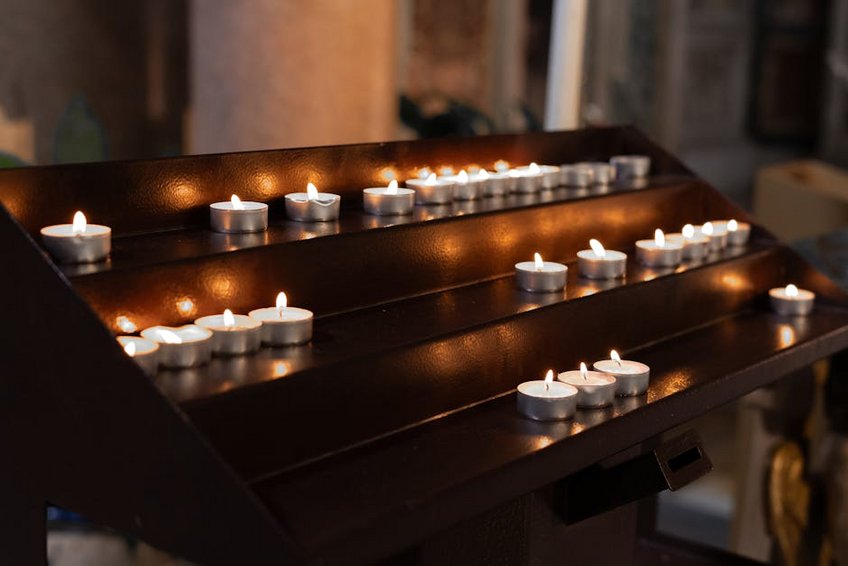Free Museums Around the World: A Traveler’s Ultimate Guide
Imagine exploring priceless art, ancient artifacts, and cutting-edge science without spending a single dollar. Free museums around the world offer incredible cultural experiences that won’t break your travel budget. From New York’s iconic institutions to London’s treasure-filled halls and beyond, you can immerse yourself in human history, artistic expression, and scientific discovery completely free of charge. This comprehensive guide will show you how to discover the best free museums worldwide, plan your cultural itinerary, and make the most of these incredible educational opportunities. Whether you’re a solo traveler, a family on vacation, or a couple seeking cultural enrichment, these institutions provide accessible gateways to understanding our world’s diverse heritage. You’ll learn insider tips for navigating popular venues, discover hidden gems off the tourist trail, and gain practical advice for maximizing your museum-hopping adventures across continents.
Free Museums Around the World – Essential Information
Understanding how free museums operate globally will significantly enhance your cultural exploration. Many world-class institutions maintain free admission policies through government funding, private endowments, or corporate sponsorship, making culture accessible to all visitors. In the United Kingdom, national museums receive direct government support, allowing venues like the British Museum and National Gallery to offer free general admission while charging for special exhibitions. United States institutions often follow a “pay-what-you-wish” model or specific free hours, particularly in major cultural hubs like New York City and Washington DC. European museums frequently offer free admission on certain days of the month or through city museum passes, while many Asian museums have completely free admission as cultural policy. Knowing these patterns helps you plan your visits strategically and avoid unexpected costs during your travels.
How Free Admission Works – What You Need to Know
- Government-funded museums typically offer completely free general admission with optional donations encouraged at entry
- Private museums often have specific free hours or days, usually during less crowded periods like weekday evenings
- Many institutions use a “pay-what-you-wish” system where you determine the admission price at the ticket counter
- Some cities offer museum passes that include free entry to multiple institutions for a set period
- Basic budget: Free admission only, using public transportation ($0-10 daily for transit)
- Enhanced experience: Optional donation ($5-10 per museum), special exhibition tickets ($15-25), audio guide rental ($5-7)
- Premium cultural day: Museum membership ($75-150 annually), private tour ($50-100), dining at museum restaurant ($25-40)
- Official London Tourism Board – Free Attractions
- Smithsonian Institution Visitor Information
- Metropolitan Museum of Art Visit Planning
Understanding Museum Funding Models
Free museums operate through various funding structures that ensure their sustainability while maintaining accessibility. National museums in many countries receive direct government funding from cultural ministries or tourism departments, viewing free access as a public service. Private institutions often rely on endowment funds, corporate sponsorship, and membership programs to offset operational costs while offering free admission. Many museums use a hybrid model where general admission remains free but special exhibitions, audio guides, and premium experiences carry fees. Understanding these models helps you appreciate the economic ecosystem that makes free cultural access possible and might inspire you to support these institutions through voluntary donations or membership if you particularly enjoy your visit.

Free Museums Around the World – Planning Your Cultural Journey
Strategic planning transforms your free museum visits from casual drop-ins to deeply rewarding cultural experiences. Begin by researching your destination’s museum landscape at least two weeks before your trip, noting which institutions align with your interests and their specific free admission policies. Create a geographic itinerary grouping museums by neighborhood to minimize transportation time and costs—many cities like London and Washington DC have museum districts where you can visit multiple institutions within walking distance. Consider timing your visits to avoid peak crowds; early mornings on weekdays typically offer the most tranquil viewing experiences. Download museum apps in advance for digital maps, current exhibitions, and audio tour options. Pack comfortable walking shoes, a refillable water bottle, and a portable charger to keep your devices powered for photography and navigation throughout your cultural exploration day.
Best Time to Visit Free Museums
Timing your museum visits strategically dramatically enhances your experience beyond just saving money. Weekday mornings between opening time and noon typically offer the smallest crowds, especially Tuesday through Thursday when school groups and weekend tourists are absent. Shoulder seasons (spring and fall) provide ideal museum-going conditions with pleasant weather for walking between institutions and fewer international tourists. Many museums extend hours on certain evenings, creating a more adult-oriented atmosphere with special programming. Avoid national holidays and school vacation periods when family attendance peaks. Rainy days naturally drive more visitors indoors, so check weather forecasts and plan museum visits for inclement days while saving outdoor activities for sunshine. Remember that free admission days often attract larger crowds, so balance cost savings against experience quality when planning your itinerary.
Budget Planning for Museum Visits
Essential Museum Preparation Checklist
Proper preparation ensures you maximize your free museum experience without unnecessary stress or missed opportunities. Research each museum’s photography policy—some institutions prohibit flash photography or tripods while others restrict photography in special exhibitions. Check bag size restrictions as many museums require backpack storage in lockers (usually $1-2 rental fee). Download museum maps and highlight must-see artworks or exhibits to prioritize your time effectively. Pack snacks if the museum allows food, though most require consumption in designated areas rather than galleries. Comfortable footwear is non-negotiable—expect to walk 3-5 miles during a full museum day. Finally, review the museum’s current COVID-19 policies regarding reservations, mask requirements, and capacity limitations which may still affect access despite free admission policies.
Free Museums Around the World – Top Institutions and Collections
The global landscape of free museums offers astonishing diversity, from ancient civilizations to contemporary art movements. London stands as the undeniable capital of free museums with the British Museum’s Rosetta Stone and Parthenon Marbles, the National Gallery’s European masterpieces, and the Tate Modern’s cutting-edge contemporary collections—all completely free. Washington DC’s Smithsonian Institution comprises 19 free museums and galleries including the National Air and Space Museum, National Museum of African American History and Culture, and the National Portrait Gallery. New York City offers the Metropolitan Museum of Art on a pay-what-you-wish basis for all visitors, alongside completely free institutions like the American Museum of Natural History (suggested admission) and the Bronx Museum of the Arts. Beyond these well-known hubs, cities like Berlin, Paris, Tokyo, and Mexico City boast incredible free cultural institutions that rival their ticketed counterparts in quality and significance.
Must-See Free Museum Highlights
Certain artworks and artifacts justify international travel alone, and many reside in free museums worldwide. At London’s British Museum, don’t miss the Rosetta Stone that unlocked Egyptian hieroglyphics, the magnificent Parthenon Marbles, and the stunning Assyrian Lion Hunt reliefs. The National Gallery houses Van Gogh’s Sunflowers, Turner’s breathtaking seascapes, and Botticelli’s Venus and Mars. Washington DC’s National Air and Space Museum displays the Wright brothers’ flyer, Apollo 11 command module, and Lindbergh’s Spirit of St. Louis. New York’s Metropolitan Museum of Art contains entire Egyptian temples, Rembrandt self-portraits, and American revolutionary-era paintings. Beyond these iconic pieces, seek out lesser-known gems like the Sutton Hoo helmet at the British Museum, Degas’ Little Dancer at the National Gallery of Art in DC, and the Temple of Dendur at the Met—all accessible without admission fees.
Hidden Gems and Local Favorites
Beyond the blockbuster institutions, countless smaller free museums offer intimate, specialized experiences often missed by tourists. London’s Sir John Soane’s Museum presents an architect’s eccentric home packed with antiquities and artworks in a fascinating historic setting. New York’s Museum at FIT showcases fashion history with rotating exhibitions on design and garment technology. Washington DC’s National Museum of the American Indian offers profound cultural insights through indigenous perspectives and stunning contemporary art. Berlin’s Topography of Terror documents Nazi history on the actual site of Gestapo headquarters. Tokyo’s Advertising Museum traces commercial design through Japanese cultural history. Mexico City’s Museo Nacional de las Culturas del Mundo presents global ethnographic collections in a beautiful historic building. These specialized institutions provide deeper dives into specific subjects without the crowds of major museums, often with more engaging, personal experiences.
Free Museums Around the World – Practical Travel Information
Navigating free museums requires understanding practical logistics that differ from ticketed institutions. While admission is free, many museums now require timed-entry reservations, particularly post-pandemic, which you should book online several days in advance for popular venues. Transportation costs vary significantly by city—London’s museums are largely walkable in South Kensington and Bloomsbury, while Washington DC’s Smithsonian museums stretch along the National Mall requiring comfortable walking shoes or affordable bike rentals. Most free museums offer paid cloakroom services ($2-5 per item) for bags and coats, though some provide free lockers with coin deposit systems. Food and beverage prices inside museums typically carry a premium, so consider picnicking in nearby parks when weather permits. Photography policies range from completely unrestricted to highly limited—always check signage and ask guards before photographing specific artworks or exhibits.
| Museum Category | Notable Free Institutions | Suggested Donation |
|---|---|---|
| Art Museums | National Gallery (London), MET (NYC), National Gallery of Art (DC) | $5-25 per person |
| History Museums | British Museum, National Museum of American History, Berlin Historical Museum | $5-20 per person |
| Science Museums | Science Museum (London), National Air and Space Museum, Deutsches Museum (Munich) | $5-15 per person |
| Specialized Museums | Museum at FIT, Advertising Museum Tokyo, Museo Nacional de las Culturas | $0-10 per person |


